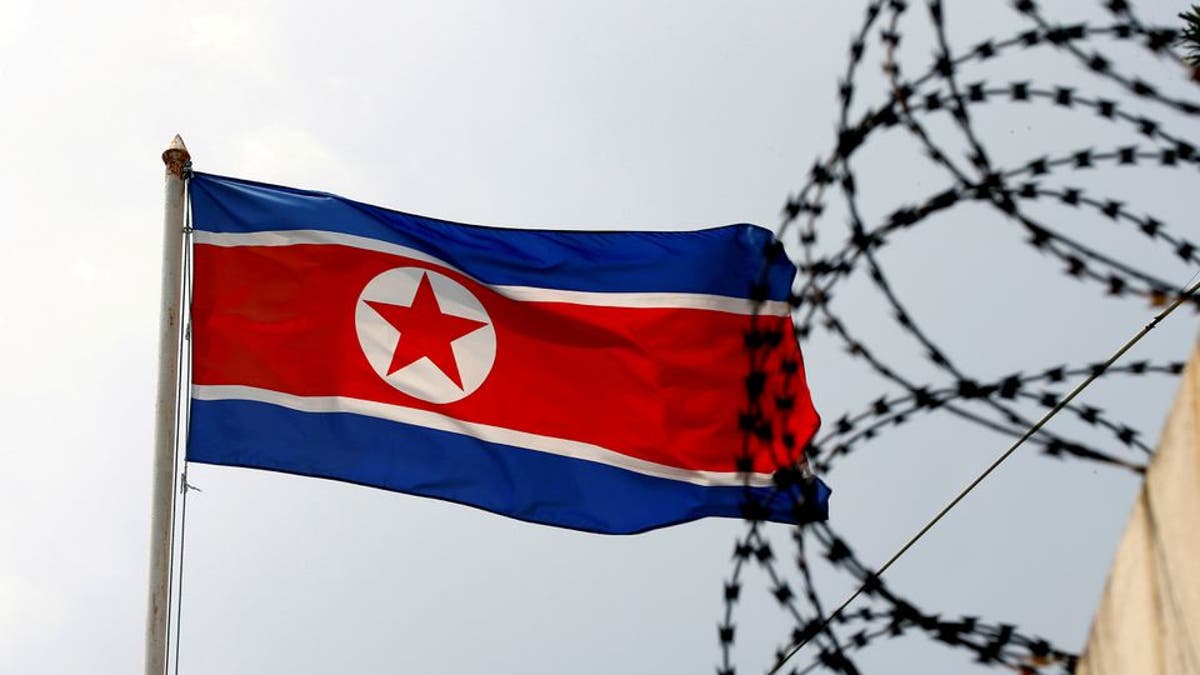Fox News Flash top headlines for June 4
Fox News Flash top headlines are here. Check out what's clicking on Foxnews.com.
North Korea fired eight short-range ballistic missiles towards the sea off its east coast on Sunday, a day after South Korea and the United States wrapped up their first combined military exercises involving an American aircraft carrier in more than four years.
The missiles were fired from the Sunan area of the North Korean capital Pyongyang, South Korea's Joint Chiefs of Staff said.
Japan's Kyodo news agency, citing a government source, also said the North had launched multiple missiles.
The launch also followed a visit to Seoul by the U.S. point man on North Korean affairs, U.S. Special Representative Sung Kim, who departed on Saturday.
He met his South Korean and Japanese counterparts, Kim Gunn and Takehiro Funakoshi, on Friday to prepare for "all contingencies" amid signs North Korea was preparing to conduct a nuclear test for the first time since 2017.
Washington has made very clear directly to Pyongyang that it is open to diplomacy, Kim said during the visit, which wrapped up on Sunday, noting that he was willing to discuss items of interest to Pyongyang, such as sanctions relief.

This photo provided by the North Korean government, shows what it says a test launch of a hypersonic missile in North Korea Wednesday, Jan. 5, 2022. (North Korean Government via AP)
Last week, the United States called for more U.N. sanctions on North Korea over its ballistic missile launches, but China and Russia vetoed the suggestion, publicly splitting the U.N. Security Council on North Korea for the first time since it started punishing it in 2006, when North Korea conducted its first nuclear test.
US ISSUES NEW SANCTIONS AGAINST NORTH KOREA AFTER MISSILE TESTS
In recent weeks, North Korea has test-fired a range of missiles, including its largest intercontinental ballistic missile (ICBM).

A North Korea flag flutters next to concertina wire at the North Korean embassy in Kuala Lumpur, Malaysia March 9, 2017. (REUTERS/Edgar Su)
North Korea's last tests were on May 25, when it launched three missiles after U.S. President Joe Biden ended an Asia trip where he agreed to new measures to deter the nuclear-armed state.
The first missile appeared to be the North's largest ICBM, the Hwasong-17, while a second unspecified missile appeared to have failed mid-flight, South Korean officials said at the time. The third missile was a short-range ballistic missile (SRBM).
TAIWAN VIGIL HONORS VICTIMS OF CHINA'S TIANANMEN SQUARE MASSACRE

In this undated file photo provided by the North Korean government on April 12, 2020, North Korean leader Kim Jong Un inspects an air defense unit in western area, North Korea. (Korean Central News Agency/Korea News Service via AP, File)
On Saturday, South Korean and American ships concluded three days of drills in international waters off the Japanese island of Okinawa, including air defence, anti-ship, anti-submarine, and maritime interdiction operations, South Korea's Joint Chiefs of Staff said.
The exercises included the USS Ronald Reagan, a 100,000-ton nuclear-powered aircraft carrier, among other major warships.
CLICK HERE TO GET THE FOX NEWS APP
South Korean President Yoon Suk-yeol, who took office on May 10, had agreed with Biden to increase bilateral military drills to deter North Korea.
North Korea has criticized previous joint drills as an example of Washington's continued "hostile policies" toward Pyongyang, despite its talk of diplomacy.





















